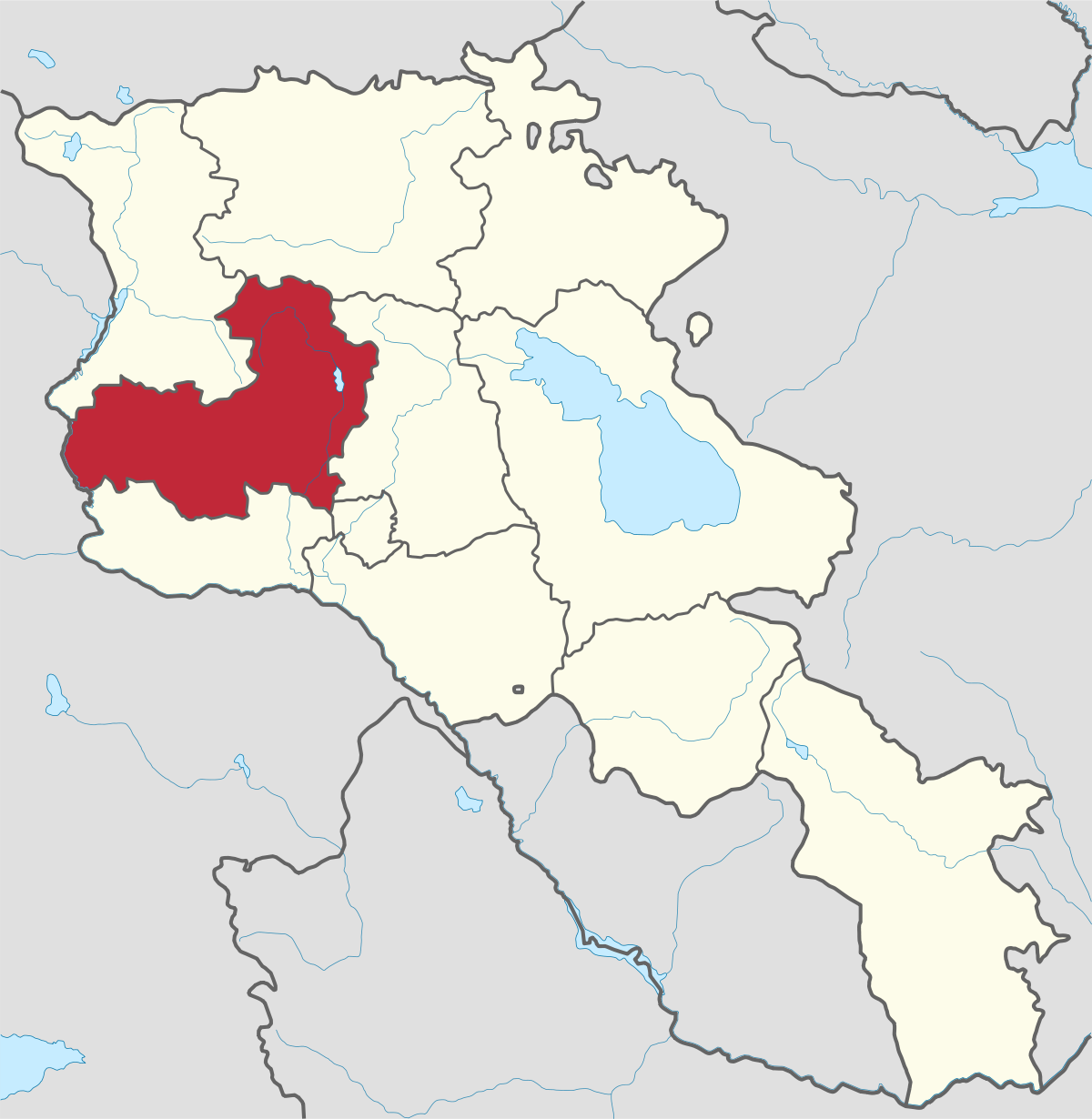
Aragatsotn Region
Aragatsotn is named after the massive mountain (4095m / 13,435 ft.) that hovers over the northern reaches of Armenia. This region is one of the...
Spitakavor monastery
Spitakavor monastery (also referred to as St. Astvatsatsin, Boloraberd monastery, Gyolvank) was started by Prince E'achi Proshian and after his death (1318) finished by his son Amir Hassan II in 1321. It is built of polished felsite stone, which gives it its name (“Spitak” means white in Armenian).
The church, a domed hall type, boasts a cruciform interior and a square exterior. It is adorned with high relief sculptures in spiritual and secular themes that are among the most valuable patterns in medieval Armenian architecture.
Unique carvings
The tympanum carving depicts St. Mary with the Christ child in her lap. This church was the original repository of a bas-relief portrait of Prince Each with his son Amir Hassan (now in the Hermitage in St. Petersburg) with another of Amir Hassan at the hunt (State History Museum of Armenia in Yerevan) and carvings representing Jesus and the four evangelists on the dome wall.
The church sculptures are attributed to the famous 13th century artist Momik.
To the west lies the gavit (built between the years 1321 to 1330) with an almost square ground floor. Attached to the west wall, the three-story belfry was built in 1330 for Hovhannes and his wife Tatch. The courtyard includes ruins of tombstones, monk cells and defensive walls dated to a later period.
Cultural Centre
After Gladzor University was closed, Spitakavor became the cultural center for Proshian lands. It also housed a calligraphy center, led in the 2nd half of the 15th century by the Abbot Avagter.
In 1987 the remains of the famous Armenian statesman and military figure Garegin Nzhdeh were moved to Spitakavor, with the basalt tombstone and the red tufa-carved khachkar (cross stone) installed in 1989.
The group of monuments was renovated in the 1960s-1970s and in 2006.

Aragatsotn is named after the massive mountain (4095m / 13,435 ft.) that hovers over the northern reaches of Armenia. This region is one of the...
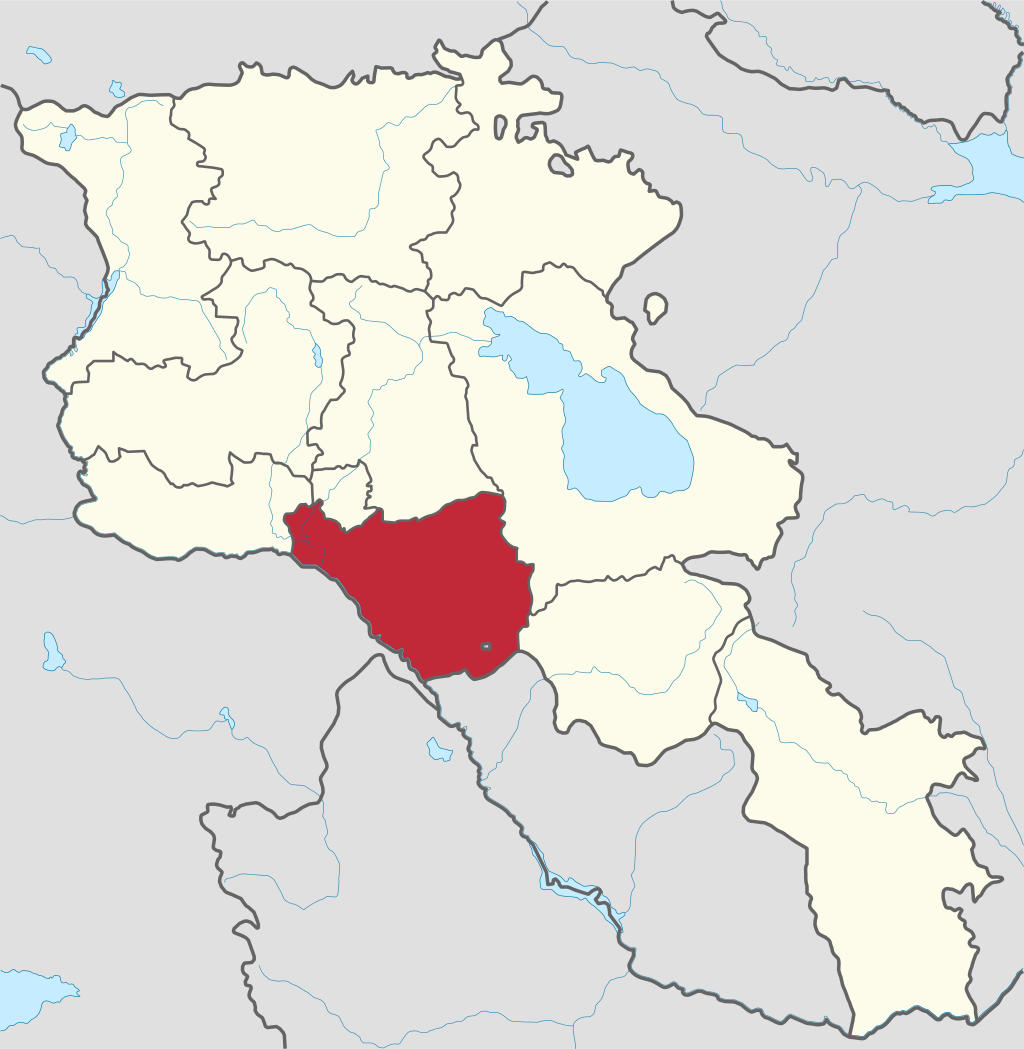
Ararat region is named after the biblical Mount Ararat which is mentioned in the Bible as a place where Noah’s ark has landed after the Great...
.png)
Armavir Region - Because of its Christian history the region is most famous for locals and Diaspora Armenians, who make pilgrimages to Armenia to...
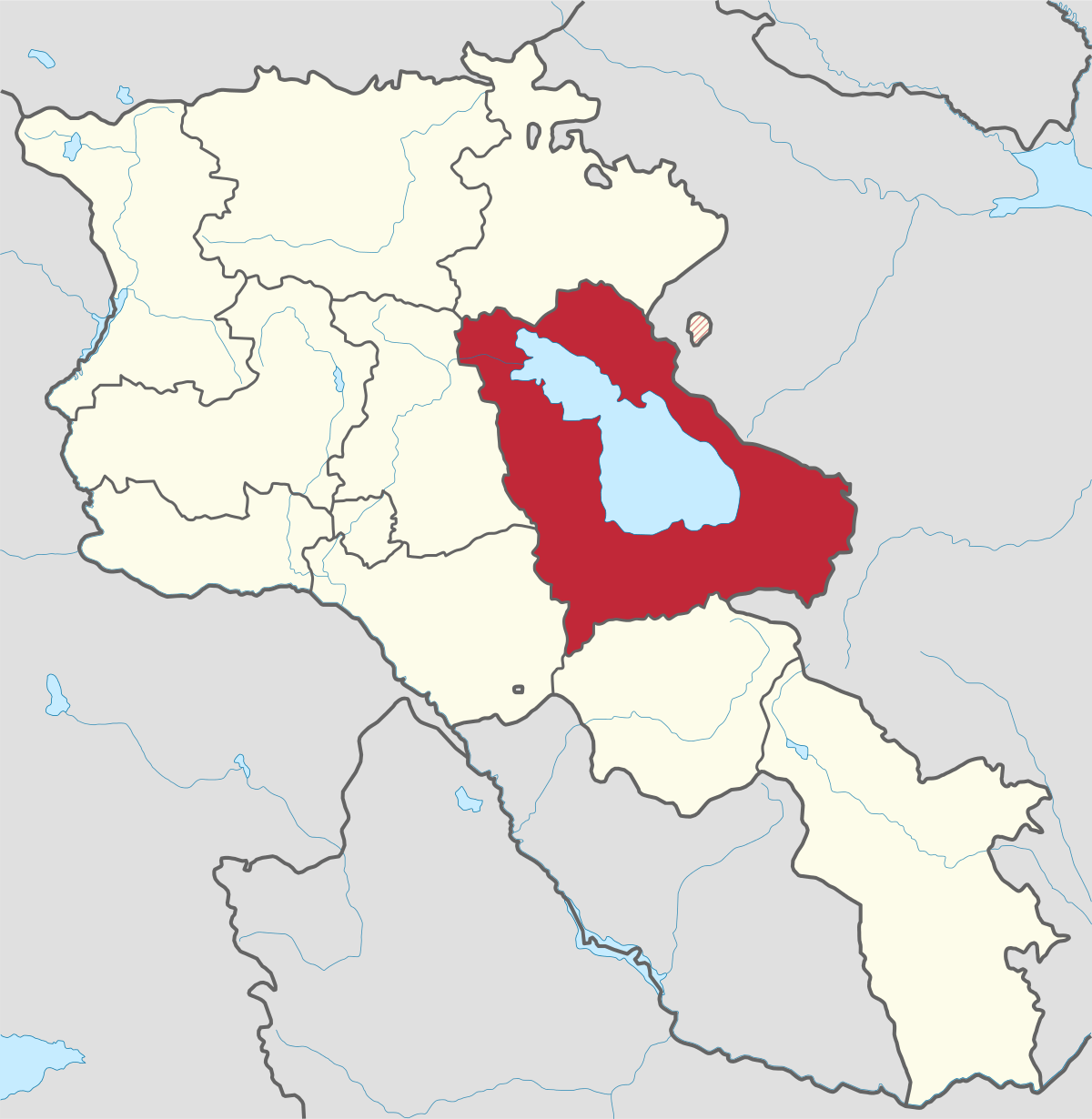
Gegharkunik ist die größte Region Armeniens, die an Aserbaidschan und die Shahumyan-Region der Republik Berg-Karabach grenzt. Ein Viertel der...
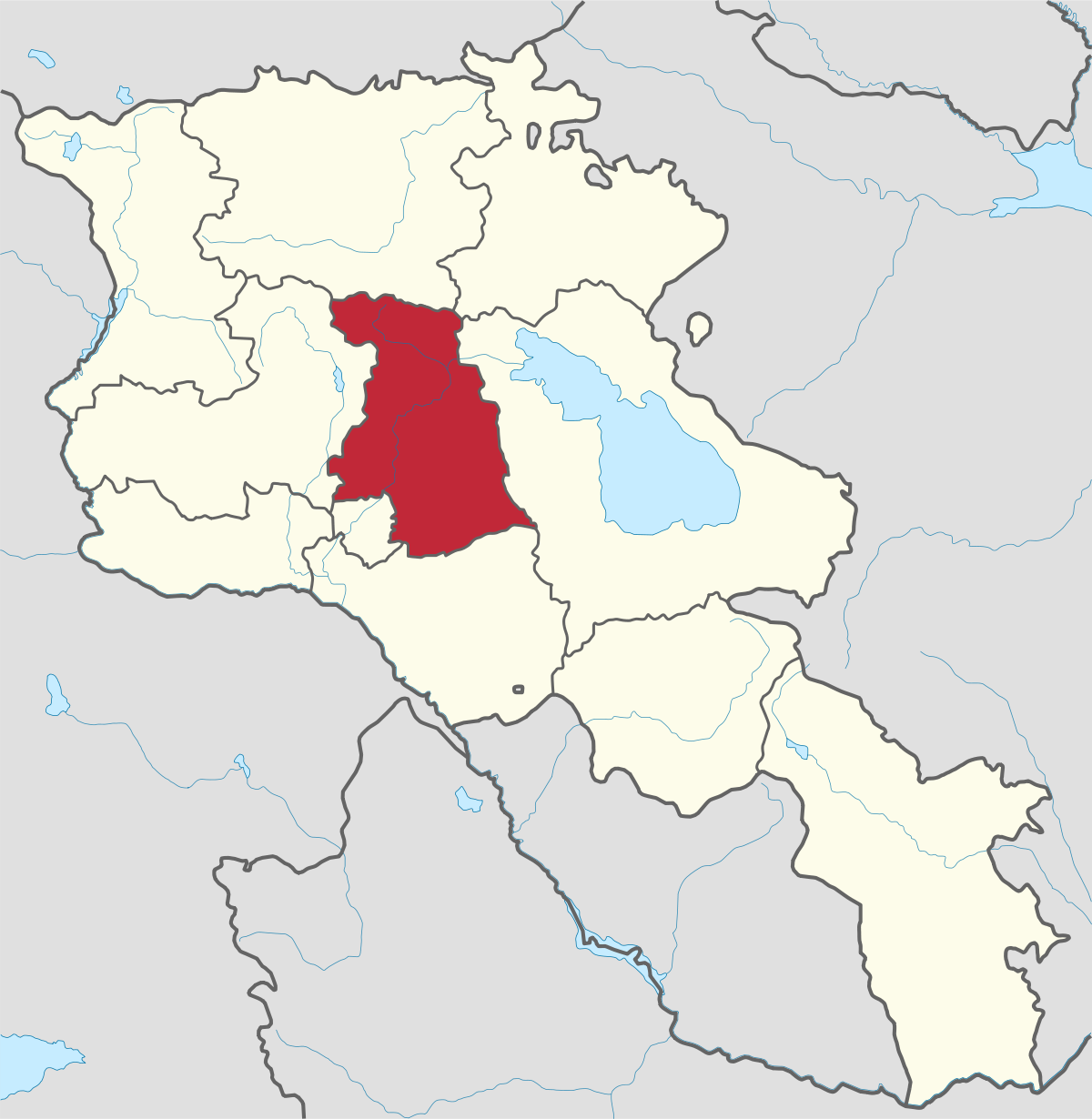
Kotayk region is located at the central part of the country and is home to many must-see sites in Armenia including the pagan Temple of Garni...
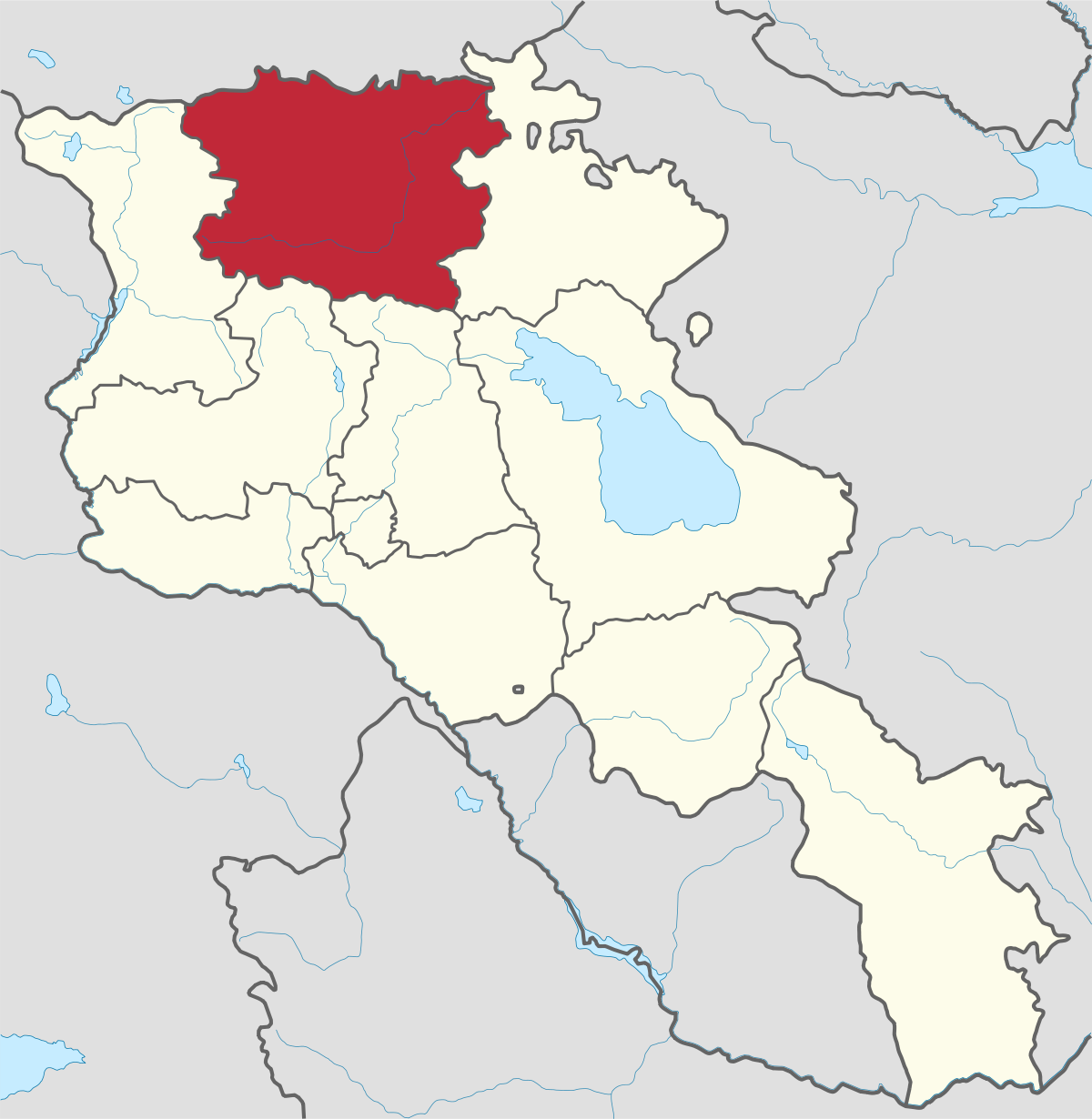
Lori region is in the northern part of Armenia, bordering on Georgia. It is considered Armenia’s greenest area, with more native forest land than...
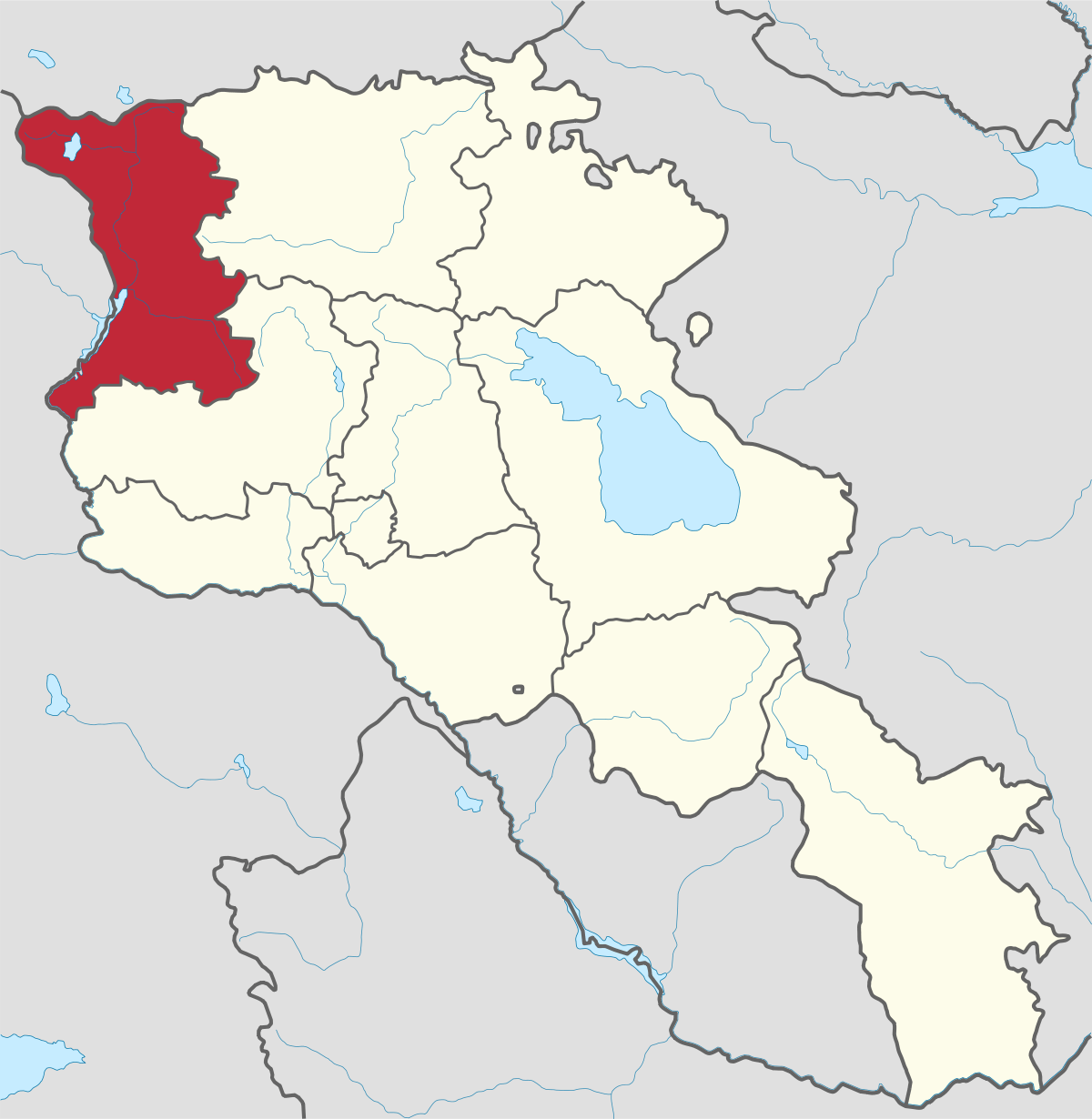
Shirak region lies in the north-west of Armenia. It borders with Georgia and Turkey. Shirak region is mainly dominated by the Ashotsk Plateau and...
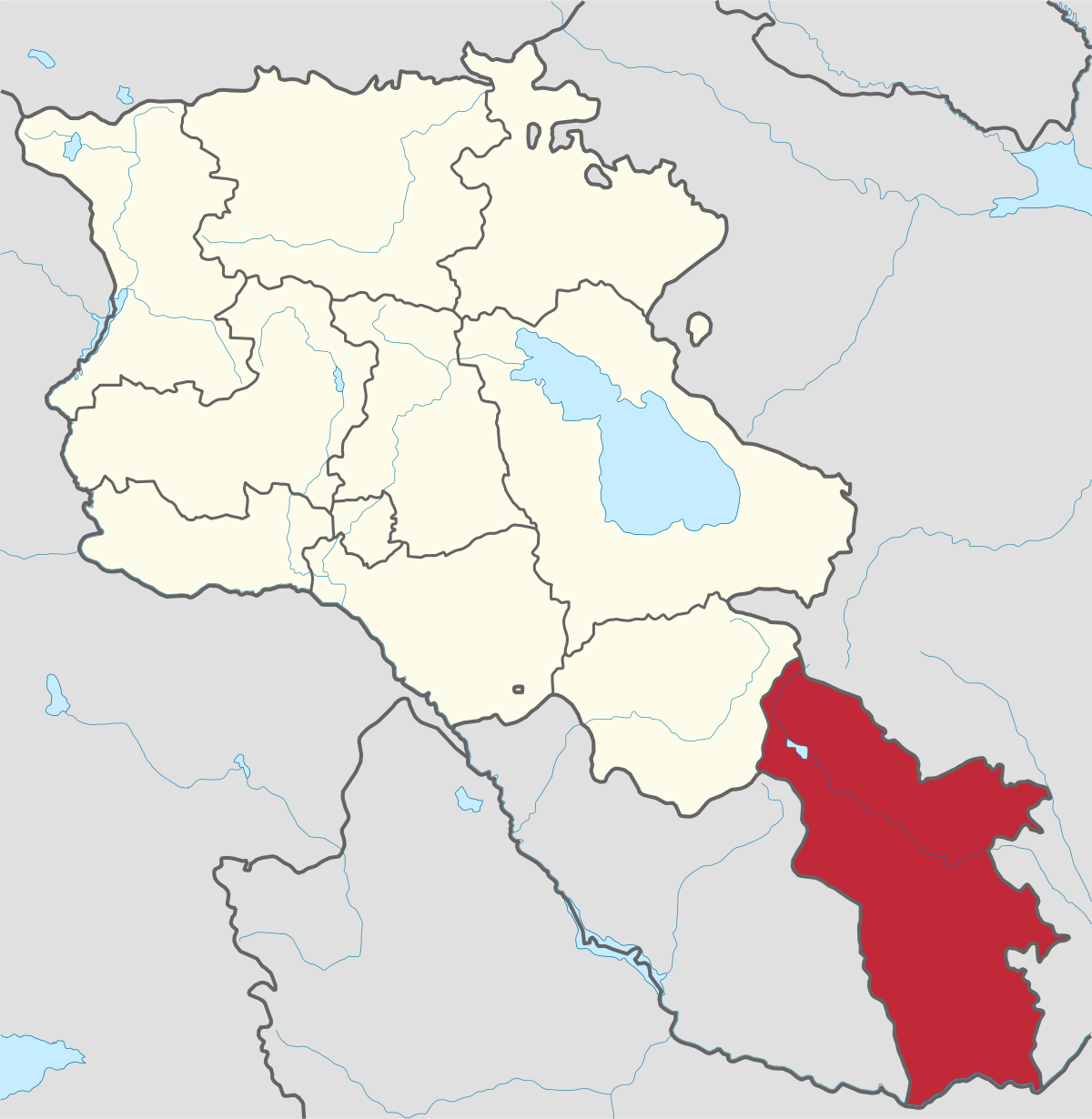
Syunik region- It is in the southern part of Armenia, bordering by Azerbaijan's Nakhchivan Autonomous Republic exclave, the de facto independent...
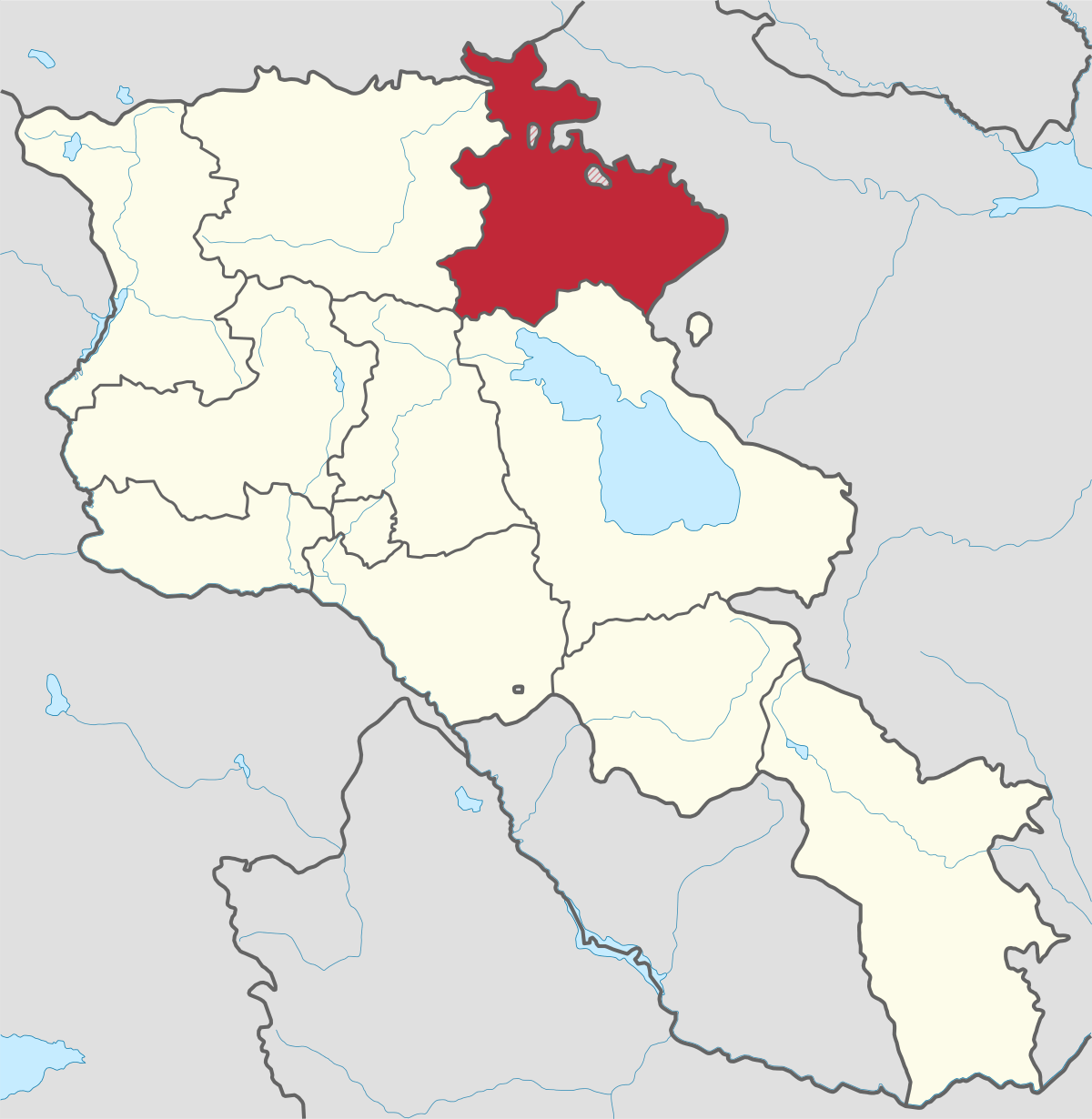
Tavush region lies in the Northeast of Armenia, bordering by Georgia and Azerbaijan. The territory is mainly mountainous and rocky hillsides...
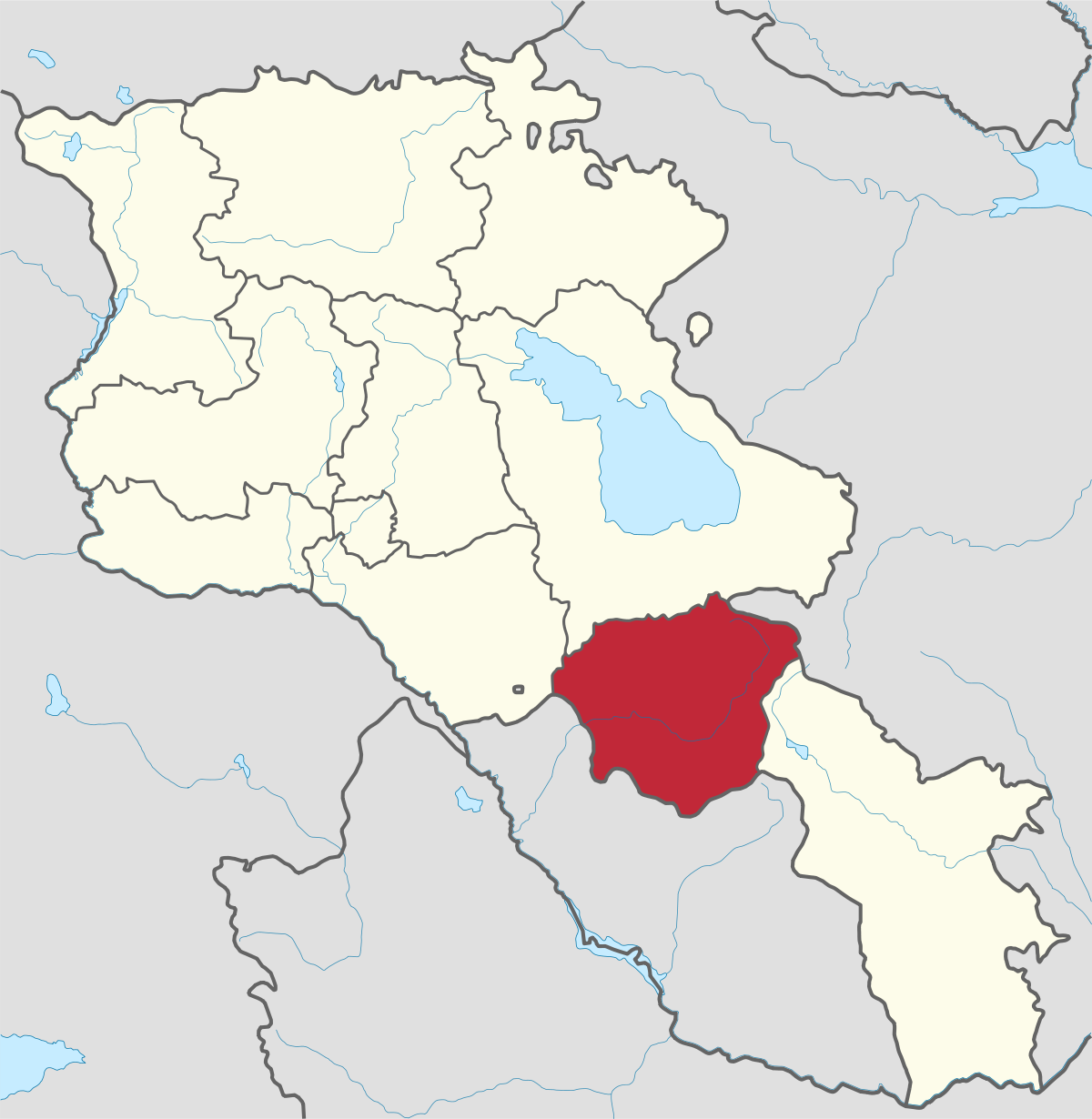
Vayots Dzor region is mainly a mountainous region at the southeastern end of the country, known with Jermuk Waterfall, Areni cave, Smbataberd...
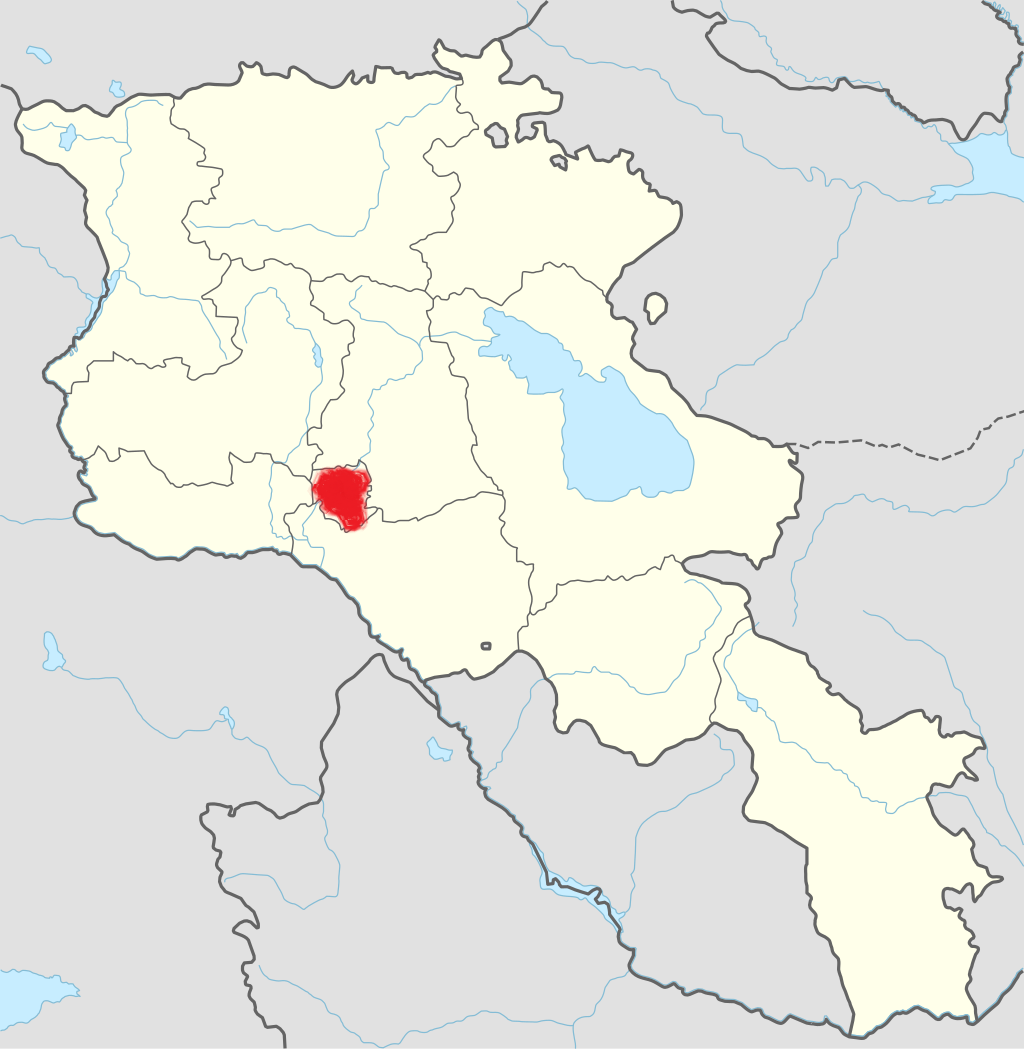
Yerevan city – 2800 years old. Yerevan is the capital of the Republic of Armenia with more than 1 million people. It is an amazing city with view...
800
149
1476
32